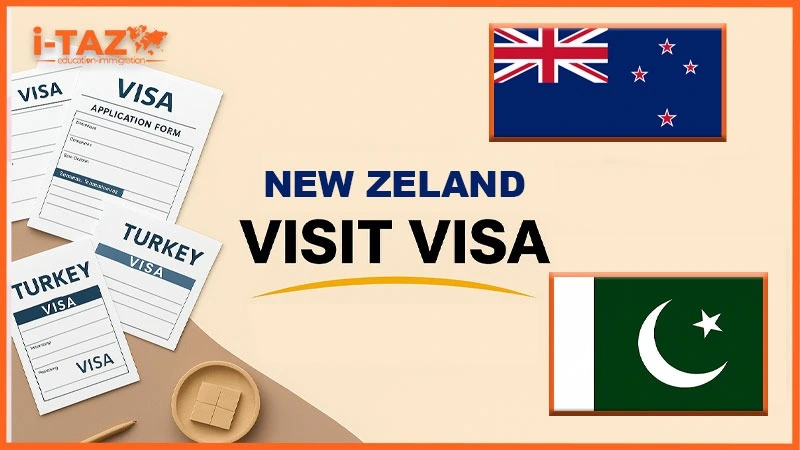What is Permanent Residency (PR) in Canada?
Permanent Residency (PR) in Canada allows immigrants to live and work in Canada indefinitely while enjoying many of the benefits of Canadian citizens. PR status is granted by the Canadian government and provides the holder with a pathway to citizenship. Permanent residents can access public healthcare, education, and social services, and are protected under Canadian law. Although they are not citizens, PR holders can apply for citizenship after meeting certain residency and language requirements.

Benefits Of PR in Canada
1. Right to Live and Work: PR holders can live and work anywhere in Canada without any restrictions.
2. Healthcare Access: Permanent residents get access to Canada’s public healthcare system.
3. Education: You can access free primary and secondary education for children and lower tuition fees for post-secondary studies.
4. Social Benefits: PR holders can enjoy social services like employment insurance and pensions.
5. Pathway to Citizenship: After meeting residency requirements, PR holders can apply for Canadian citizenship.
6. Legal Protection: Permanent residents are protected under Canadian law and the Canadian Charter of Rights and Freedoms.
7. Sponsorship: PR holders can sponsor eligible family members to become permanent residents.
8. Freedom to Travel: PR holders can travel in and out of Canada, but must meet residency requirements to maintain their status.
Challenges in Getting PR
The process of obtaining Permanent Residency (PR) can be challenging due to several factors. Competition is fierce, with numerous applicants competing for a limited number of spots in various PR programs. Processing times can be lengthy, and the application procedures are often complex. Applicants must provide comprehensive documentation to support their eligibility, and any errors or omissions can result in rejection. Navigating the diverse requirements and keeping information up-to-date can be overwhelming for many applicants.
Eligibility Requirements for PR
1. Age
2. Education level
3. Work experience
4. Language proficiency (English/French)
5. Adaptability factors (such as family in Canada or previous study/work experience)
6. Proof of sufficient funds
| Dos of Canada PR | Don’ts of Canada PR |
|---|---|
| Canada PR holders get most social benefits like healthcare. | PR holders cannot vote or run for political office. |
| PR holders can live, work, or study anywhere in Canada. | You cannot hold certain government jobs requiring high security clearance. |
| You can apply for Canadian citizenship after meeting the requirements. | PR can be lost if you don’t meet residency obligations. |
| You are protected by Canadian law and the Charter of Rights and Freedoms. | You can’t live outside Canada for too long without risking your PR status. |
| You can sponsor family members to come to Canada. |
Pathways to Get Permanent Residency (PR) After Studying in Canada
For international students, including Pakistani students, there are specific pathways to Permanent Residency (PR) after completing their studies. The Canadian Experience Class (CEC) is an option for those with Canadian work experience gained through a Post-Graduation Work Permit (PGWP), which can be beneficial for finding jobs in Canada for Pakistani students. Provincial Nominee Programs (PNPs) offer another route, allowing provinces and territories to nominate candidates based on their specific needs. The Express Entry system can also be a viable option if candidates qualify under the Canadian Experience Class or Federal Skilled Worker Program. Each pathway has its own set of requirements and benefits, making it essential for students to explore which route best aligns with their career and residency goals.

Follow these steps to apply for a Canada PR visa from Pakistan:
1. Complete Language Tests: Start by taking language ability tests such as the IELTS exam to achieve the required scores. Depending on your immigration program, you may also need to take a French language test.
2. Choose and Submit Your Application: Select the immigration program that suits your profile. Complete and submit your application according to the specific requirements of your chosen program.
3. Prepare and Submit Documents: Gather and submit all required documents, ensuring they are genuine. Note that education and work experience documents need to be authenticated.
4. Provide Proof of Funds and Health Records: Prepare documentation to prove you have sufficient funds to support yourself in Canada. Complete a medical checkup and obtain police verification records as part of the process.
5. Document Examination: Your application and documents will be reviewed by an immigration officer. Be ready to provide any additional information or clarification if requested.
6. Receive Confirmation of Permanent Residence (COPR): Once approved, you will receive confirmation of your PR status along with a COPR card.
7. Apply for PR Card and Travel: Apply for your PR card, and upon receiving it, book your flight to Canada to begin your new journey.
By carefully following these steps and preparing all necessary documentation, you can increase your chances of successfully obtaining a Canada Permanent Residency visa.









